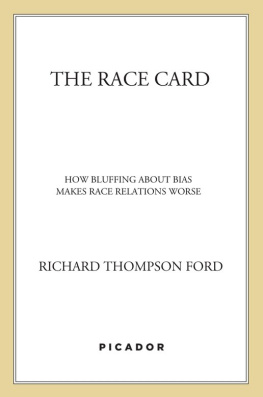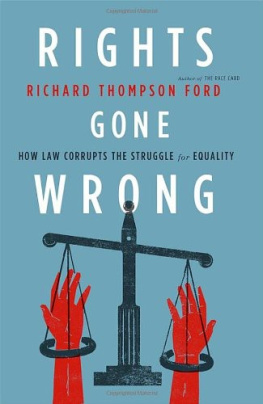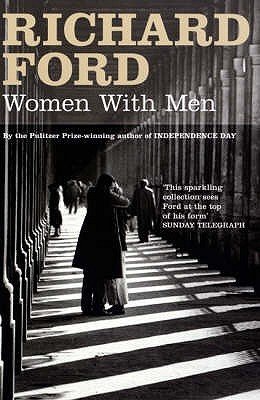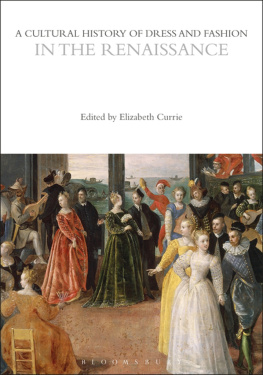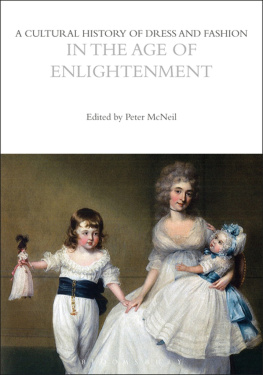Richard Thompson Ford - Dress Codes: How the Laws of Fashion Made History
Here you can read online Richard Thompson Ford - Dress Codes: How the Laws of Fashion Made History full text of the book (entire story) in english for free. Download pdf and epub, get meaning, cover and reviews about this ebook. year: 2021, publisher: Simon & Schuster, genre: Politics. Description of the work, (preface) as well as reviews are available. Best literature library LitArk.com created for fans of good reading and offers a wide selection of genres:
Romance novel
Science fiction
Adventure
Detective
Science
History
Home and family
Prose
Art
Politics
Computer
Non-fiction
Religion
Business
Children
Humor
Choose a favorite category and find really read worthwhile books. Enjoy immersion in the world of imagination, feel the emotions of the characters or learn something new for yourself, make an fascinating discovery.

- Book:Dress Codes: How the Laws of Fashion Made History
- Author:
- Publisher:Simon & Schuster
- Genre:
- Year:2021
- Rating:5 / 5
- Favourites:Add to favourites
- Your mark:
- 100
- 1
- 2
- 3
- 4
- 5
Dress Codes: How the Laws of Fashion Made History: summary, description and annotation
We offer to read an annotation, description, summary or preface (depends on what the author of the book "Dress Codes: How the Laws of Fashion Made History" wrote himself). If you haven't found the necessary information about the book — write in the comments, we will try to find it.
Dress Codes: How the Laws of Fashion Made History — read online for free the complete book (whole text) full work
Below is the text of the book, divided by pages. System saving the place of the last page read, allows you to conveniently read the book "Dress Codes: How the Laws of Fashion Made History" online for free, without having to search again every time where you left off. Put a bookmark, and you can go to the page where you finished reading at any time.
Font size:
Interval:
Bookmark:
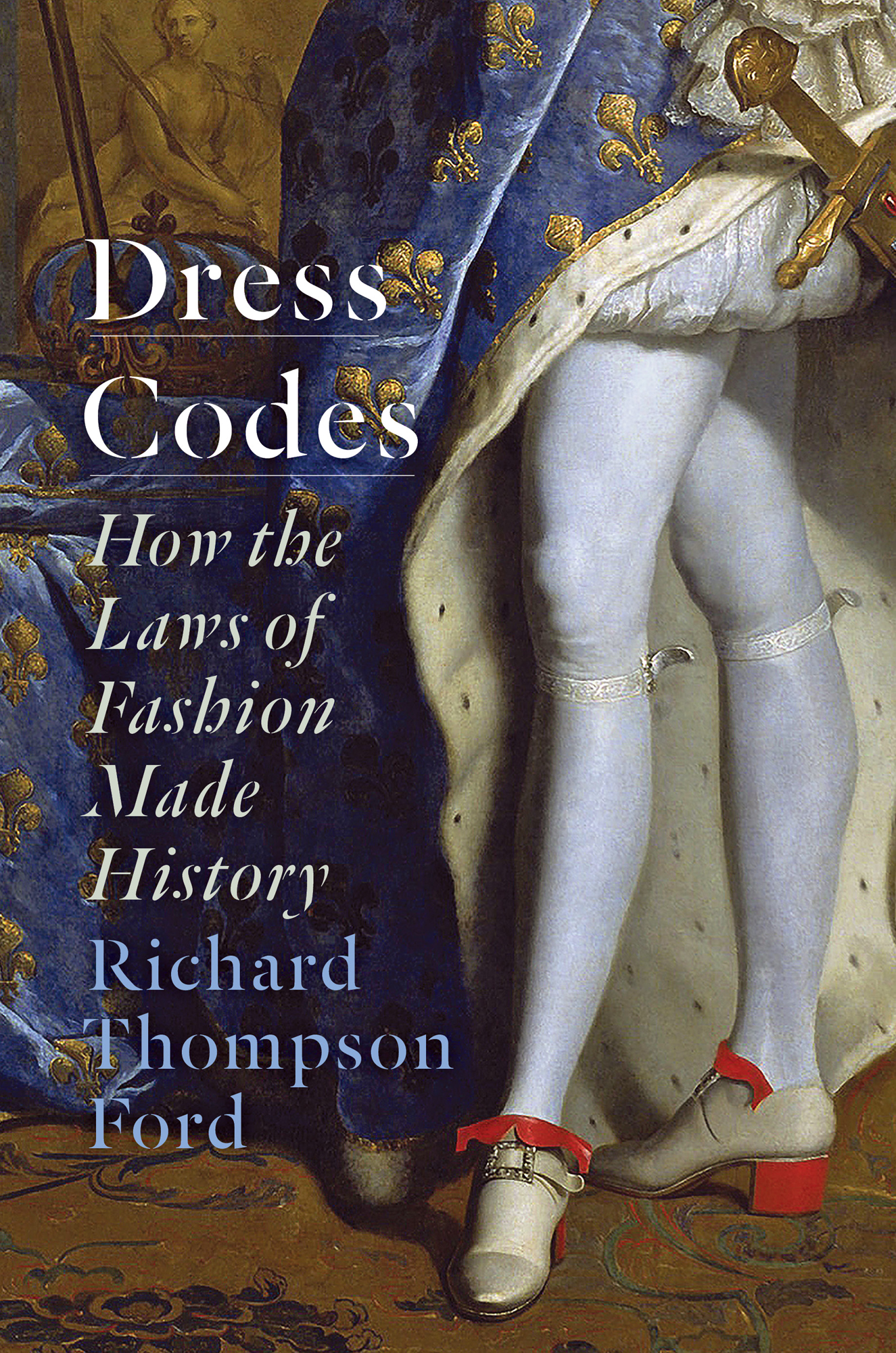


Simon & Schuster
1230 Avenue of the Americas
New York, NY 10020
www.SimonandSchuster.com
Copyright 2021 by Richard Thompson Ford
All rights reserved, including the right to reproduce this book or portions thereof in any form whatsoever. For information, address Simon & Schuster Subsidiary Rights Department, 1230 Avenue of the Americas, New York, NY 10020.
First Simon & Schuster hardcover edition February 2021
SIMON & SCHUSTER and colophon are registered trademarks of Simon & Schuster, Inc.
For information about special discounts for bulk purchases, please contact Simon & Schuster Special Sales at 1-866-506-1949 or .
The Simon & Schuster Speakers Bureau can bring authors to your live event. For more information or to book an event, contact the Simon & Schuster Speakers Bureau at 1-866-248-3049 or visit our website at www.simonspeakers.com.
Interior design by Paul Dippolito
Jacket design by Evan Gaffney
Front Jacket artwork by Hyacinthe Rigaud Studio/Everett Collection
Back Jacket photograph by Amana Images Inc/Getty Images
Library of Congress Cataloging-in-Publication Data has been applied for.
ISBN 978-1-5011-8006-4
ISBN 978-1-5011-8009-5 (ebook)
For Richard Donald Ford
Fashion is instant language.
MIUCCIA PRADA

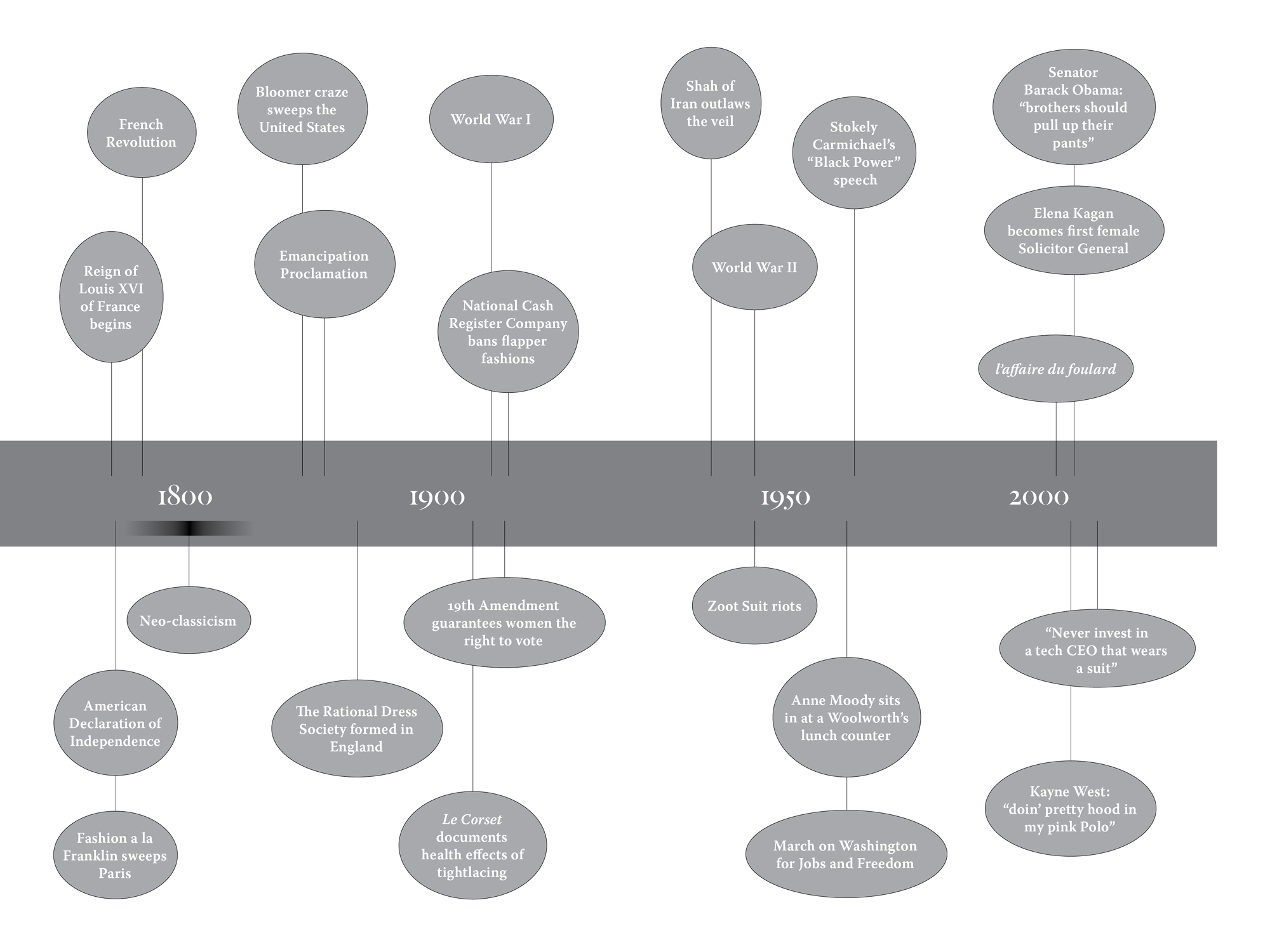
ACCORDING TO THE JANUARY 16, 1797, edition of the Times of London, John Hetherington, haberdasher of the Strand, was arraigned on a charge of breach of the peace and inciting to riot and required to post bond in the amount of 500 pounds for the following offense:
It was in evidence that Mr. Hetherington appeared on the public highway wearing upon his head what he called a silk hat (which was offered into evidence), a tall structure having a shining lustre, and calculated to frighten timid people. As a matter of fact, the officers of the Crown stated that several women fainted at the unusual sight, while children screamed, dogs yelped and a [young man] was thrown down by the crowd which had collected, and had his right arm broken. For these reasons the defendant was seized by the guards and taken before the Lord Mayor.
What rule, written or implied but apparently known to all (even dogs!), did Mr. Hetherington and his headwear violate? Tall, cylindrical hats were common well before the late eighteenth century: for instance, the Puritans of the mid-seventeenth century wore a severe black felt hat that is now familiar to every American schoolchild as the headwear of the Mayflower pilgrims. And a scant thirty years after Mr. Hetheringtons arrest, the top hat had become an avatar of the staid and self-satisfied plutocrat, marketed with names such as the DOrsay, the Wellington, and the Regent. What now-obscure code allowed a top hat to be read as a provocation, calculated to frighten and deserving of legal sanction? Unfortunately, we can only speculate: the surviving record of the case begins and ends with this brief newspaper column.
It wasnt the first time a hat caused a riot and it wouldnt be the last. For instance, during the notorious Straw Hat Riot of 1922, marauding gangs in New York City violently enforced the rule that no man should wear a straw hat after September 15, knocking offending headwear off the heads of passersby, stomping on the hats and impaling them on pikes. The riots engulfed the city from the Bronx to the Battery: more than one thousand would-be fashion police gathered uptown on Amsterdam Avenue attacking straw-hatted bystanders, while downtown, fights between the vigilantes and citizens who attempted to defend their hats stopped traffic on the Manhattan Bridge.
One might think that such sartorial strictures and prescriptions are largely things of the past: the once-ubiquitous suit and tie, to say nothing of the dressy hat, are almost historical costume. But while dress codes may seem like a throwback, if anything they are growing more and more popular. For instance, in 1999 to 2000, 46.7 percent of U.S. public schools enforced a strict dress codeby 2013 to 2014, 58.5 percent did. Millions of people must conform to a dress code every day at work or school, and millions more confront dress codes after hours in restaurants, nightclubs, and theaters. Even the relaxed, bohemian domain of the American coffee shop is governed by dress codes: a 2014 dress code dictates that the Starbucks barista must eschew unnatural hair colors, nail polish, short skirts, and piercings other than earrings and subtle nose studs (no septum rings allowed). And dress codes arent just for school-age kids and image-conscious private businesses: they are in force on the public streets, where clothing deemed provocative or threatening may be against the law. Those sagging pants favored by some rappers and their fans could be grounds for arrest in certain cities, and if police decide they mark you as a member of a gang, they could even turn a minor crime into a capital offense.
Some dress codes not only prescribe and prohibit specific garments but also obsessively dictate the minutia of attire. Consider the 2010 dress code of the Union Bank of Switzerland, a forty-four-page tome that directs employees to avoid chipped nail polish and scuffed shoes, make sure that jewelry matches the metallic color of eyeglasses, and that neckties just touch the tops of belt buckles. Exacting and detailed rules about what to wear are everywhere.
Consider one small but telling example: todays masculine formal and semiformal attire is almost a uniform, but its a uniform one must assemble through the mastery and application of rules. The canons of menswear dictate that a black-tie ensemble consists of a black or midnight-blue jacket with a peak lapel or shawl collar faced in satin or grosgrain, and pants with the outside seam covered by a silk or grosgrain stripe. If the jacket is double breasted, it must have a peak lapel. If it is single breasted, it can have a peak lapel or shawl collar, but never a notched lapel, which is characteristic of a more quotidian business suit. A cummerbund, worn so that its pleats face up (a nod to the era when men tucked theater tickets into it), must cover the waist, unless the jacket is double breasted, in which case a cummerbund must not be worn. Trousers must be supported by suspenders or bracesnever a beltand indeed, the trousers of a semiformal suit must not have belt loops. In 2010, the Wall Street Journal offered many of these rules, as well as a few others, in response to a readers inquiry:
Your shirt should be of white marcella with a bib front.
French cuffs are a must.
[as is] The bowtie and learn to tie it.
[P]ocket square, cuff links, watch (which should match your cuff links).
And even after following such detailed guidelines, you can still get it wrong: according to the mens style blog The Art of Manliness, when attending a black-tie affair, the implication that you would check the time is considered rude to the hosts. In other words, when worn with a black-tie ensemble, a watcheven one that matches ones cuff linksis inappropriate.
Font size:
Interval:
Bookmark:
Similar books «Dress Codes: How the Laws of Fashion Made History»
Look at similar books to Dress Codes: How the Laws of Fashion Made History. We have selected literature similar in name and meaning in the hope of providing readers with more options to find new, interesting, not yet read works.
Discussion, reviews of the book Dress Codes: How the Laws of Fashion Made History and just readers' own opinions. Leave your comments, write what you think about the work, its meaning or the main characters. Specify what exactly you liked and what you didn't like, and why you think so.

